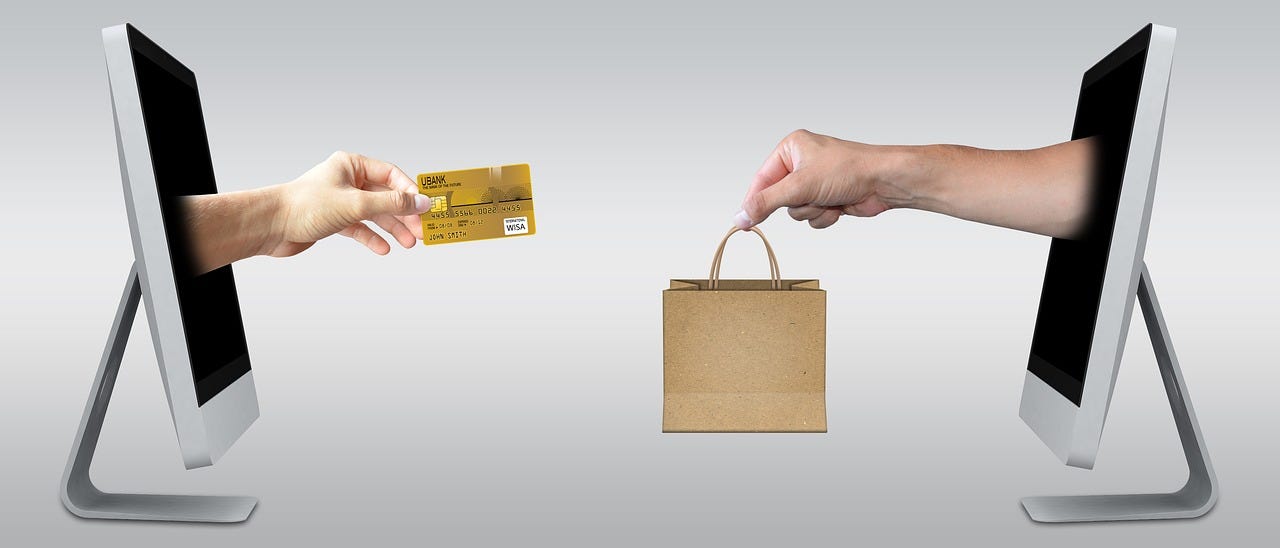Why brands can't thrive without a good influencer marketing campaign


Users are heavily influenced by information we see across the web.
Whether that information is shared by a friend or an influencer, we are affected by the content we see shared online -- regardless of the platform. A study by The New York Times showed that 85 percent of people who shared content said they better understood the product and the company.
The same study showed that 70 percent of adults say their purchasing decision is affected by content they see shared on the web. This is what makes influencers so valuable to marketers.
Influencers, and micro-influencers -- not celebrities -- subtly drive our purchasing decisions and app downloads. Brands are rushing to adopt influencer marketing campaigns to drive better sales, and platforms are created for brands to search for influencers, create influencer directories, or deliver content for influencers to use.
Influencer marketing platform Activate by Bloglovin' wanted to see what marketers thought of influencer marketing across the industry. It found that 41 percent said that they have seen more success with an influencer marketing campaign than traditional ad campaigns.
It also found that 67 percent of marketers reported influencer marketing campaigns helped them reach targeted audiences. Sixty-three percent increased their influencer marketing budgets this year, but 36 percent spent less than $5,000 per campaign.
A third of marketers reported that multi-channel campaigns prove successful and use at least three social platforms per campaign. However, only 32 percent have used the Snapchat platform for influencer campaigns -- despite its meteoric rise and adoption.
Instagram is another platform that is rapidly rising to become the media darling of influencer marketing. It has added over 100 million users since the start of the year, passing 700 million users.
According to a recent study by Media Kix, by 2019, influencer marketing spending on Instagram alone could more than double from its current size to roughly $2.4 billion.
Americans love Instagram. Over 36 percent of people from a recent survey aged 16 to 29 post more on Instagram than they did a year ago. Almost one in four older users (22 percent) aged 30 to 44 are posting more than a year ago
Marketers are trying to catch the Instagram wave. In 2016, the number of brand sponsored influencer posts was 9.7 million, expected to rise to 32.3 million by 2019.
Despite fake follower accounts, designed to push up sponsorship rates, brands rush to recruit influencers with over 10,000 followers.
Recognising this trend, Los Angeles, Calif.-based ad tech company engage:BDR is beta testing IconicReach, an Instagram platform to help brands tap into niche market segments.
The platform lets brands on-board micro-influencers and manage several of relationships at once. Going after smaller but hyper-engaged audiences can be really beneficial, but it could be hard to manage.
It is not all plain sailing for influencer marketers. They can sometimes get things wrong in their desire to attract new influencers.
The media partner working for Dove Men + Care pushed a potential influencer, Coltrane Curtis, too hard, too often, trolling him with requests to help them with their Father's Day campaign.
Their requests were so frequent, and unwanted, he posted screenshots of the dialogue to his 24,000 Instagram followers.
That certainly is not the way to utilise influencers. As Curtis said, influencers are real people, too. Brands need to treat them less like commodities or unpaid staff.
Other stories: